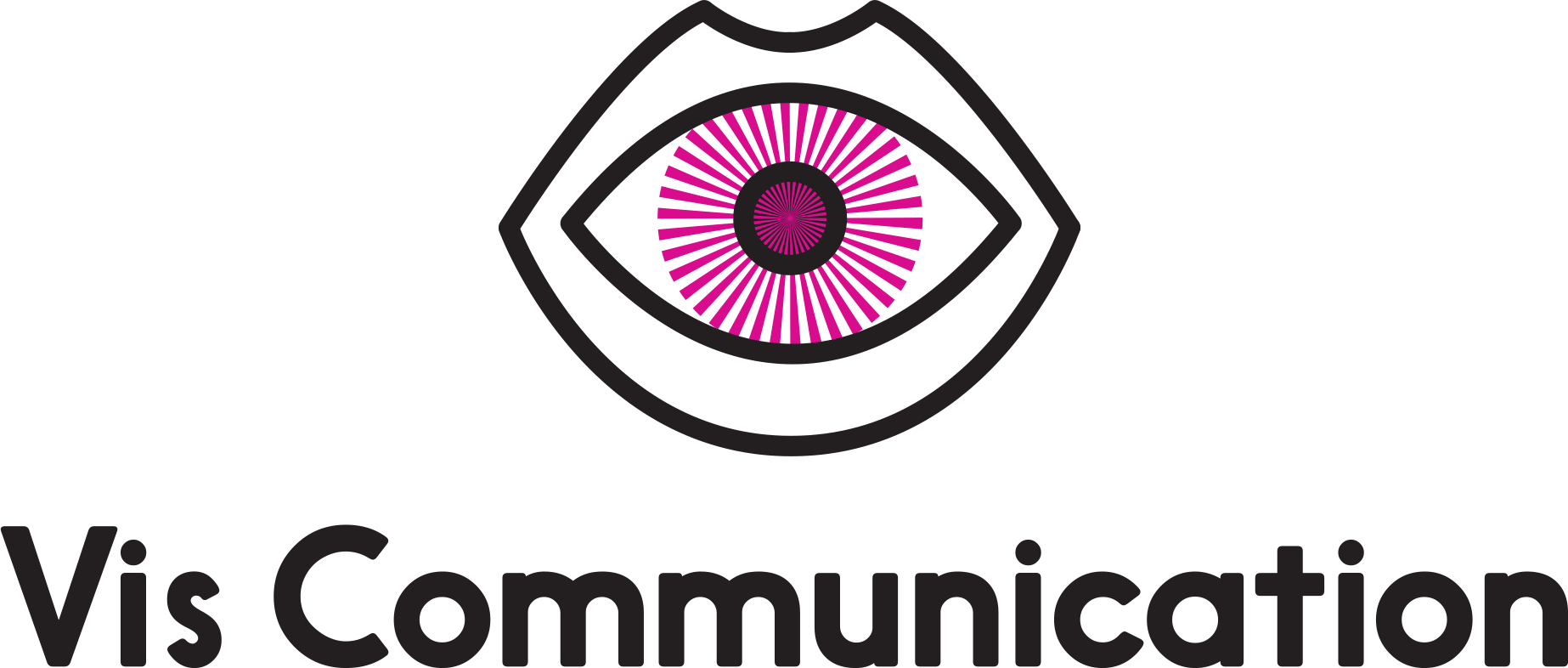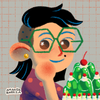Will The Real Image Please Stand Up
Photographic manipulation, and the Photoshop icons that seemingly make no sense.
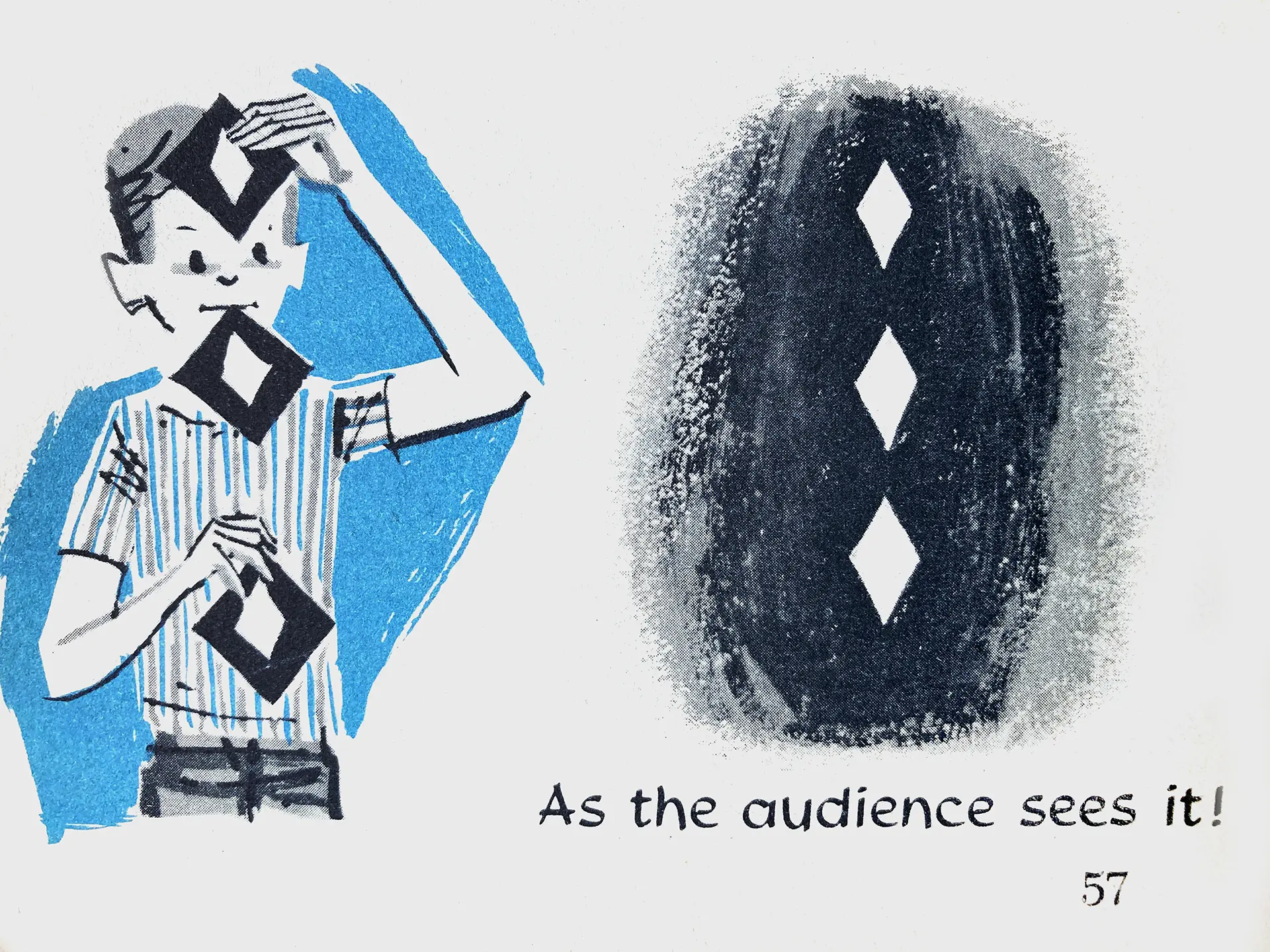
I ran across this post which showed Cornell Capa's darkroom notes written on a test print. Lots of people were asking what the notes meant, and a spirited debate ensued in the comments about whether or not using Photoshop is cheating in some way. Having worked in a darkroom before, I found this funny because there are many aspects of Photoshop that come from darkroom practices.
For example, have you ever wondered why the Photoshop dodge/burn tool icons look the way they do? Licorice lollipop? Awkward hand gesture?
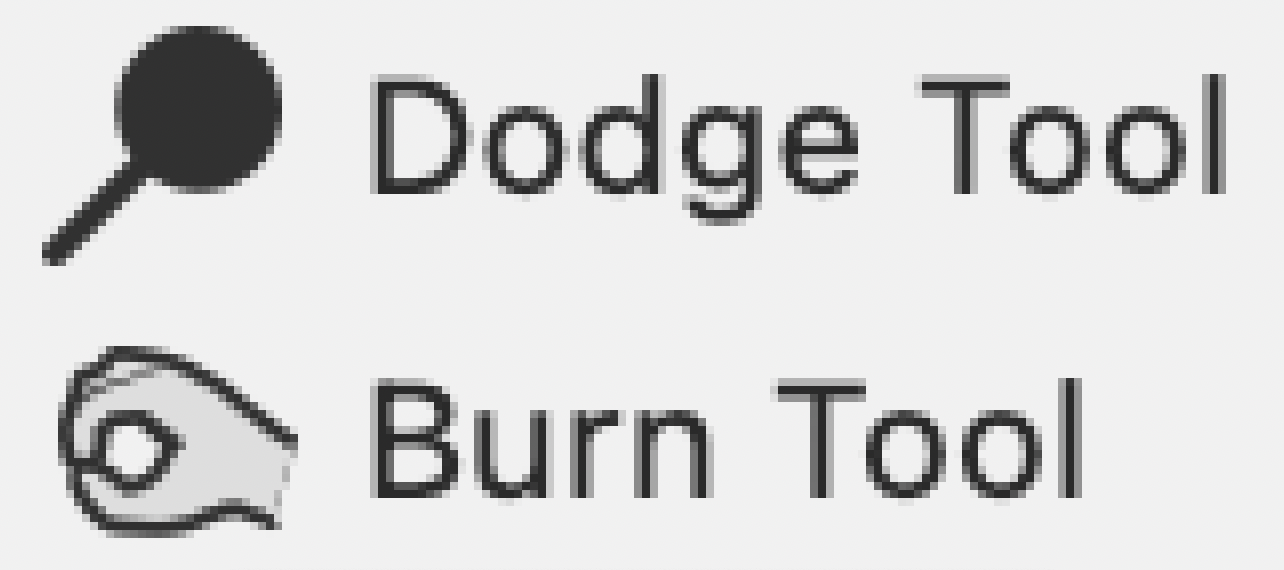
They come from the darkroom techniques of dodging, or limiting exposure, and burning, or adding exposure, to specific areas of a photographic print. This happens between the enlarger lens and the photographic paper. A dodge tool is a simple piece of cardstock taped to a thin piece of wire. It's so simple, most people make their own. To burn in, you can cut a hole into a scrap piece of opaque paper, or you might just use your hand. Those tiny icons make sense now. Photographers have been manipulating and retouching their images since the very beginning.
Here's a good visual, and I have it queued up for you to the important stuff.
Even face filters aren't new. We accomplished it in the darkroom with pantyhose. We had a small metal ring about 6 inches in diameter that we had a plain ole pair of pantyhose stretched over. Probably L'eggs. It softened an image without making it look out of focus – just made everything smoother. Think old Hollywood PR image.
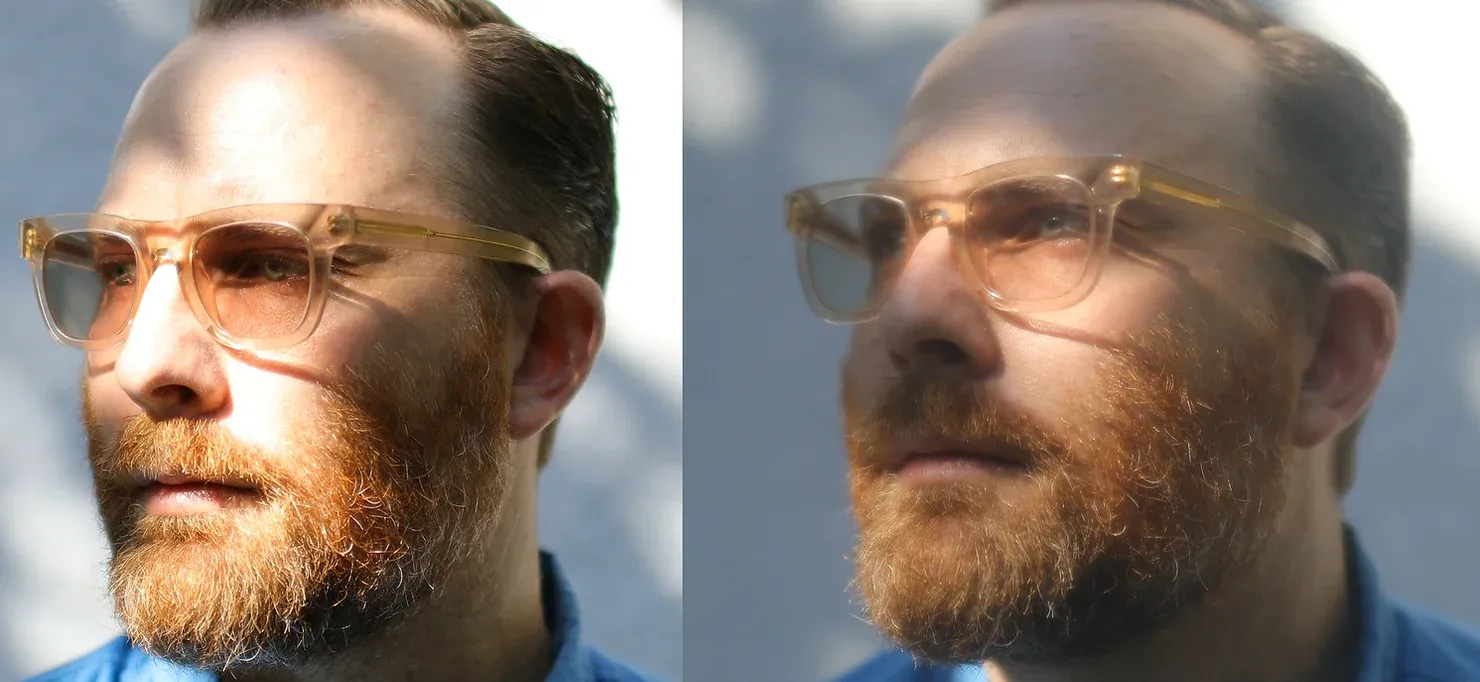
On another filter note, there was a craze for Claude glass in the 1800s that would let you view a landscape in a way that made it look like a popular painting style of the time.
Have you ever heard of spirit photography? Spiritualism was a huge craze after WWI. A total scam which a lot of well known people fell for. But it was a great time for examples of photo manipulation.
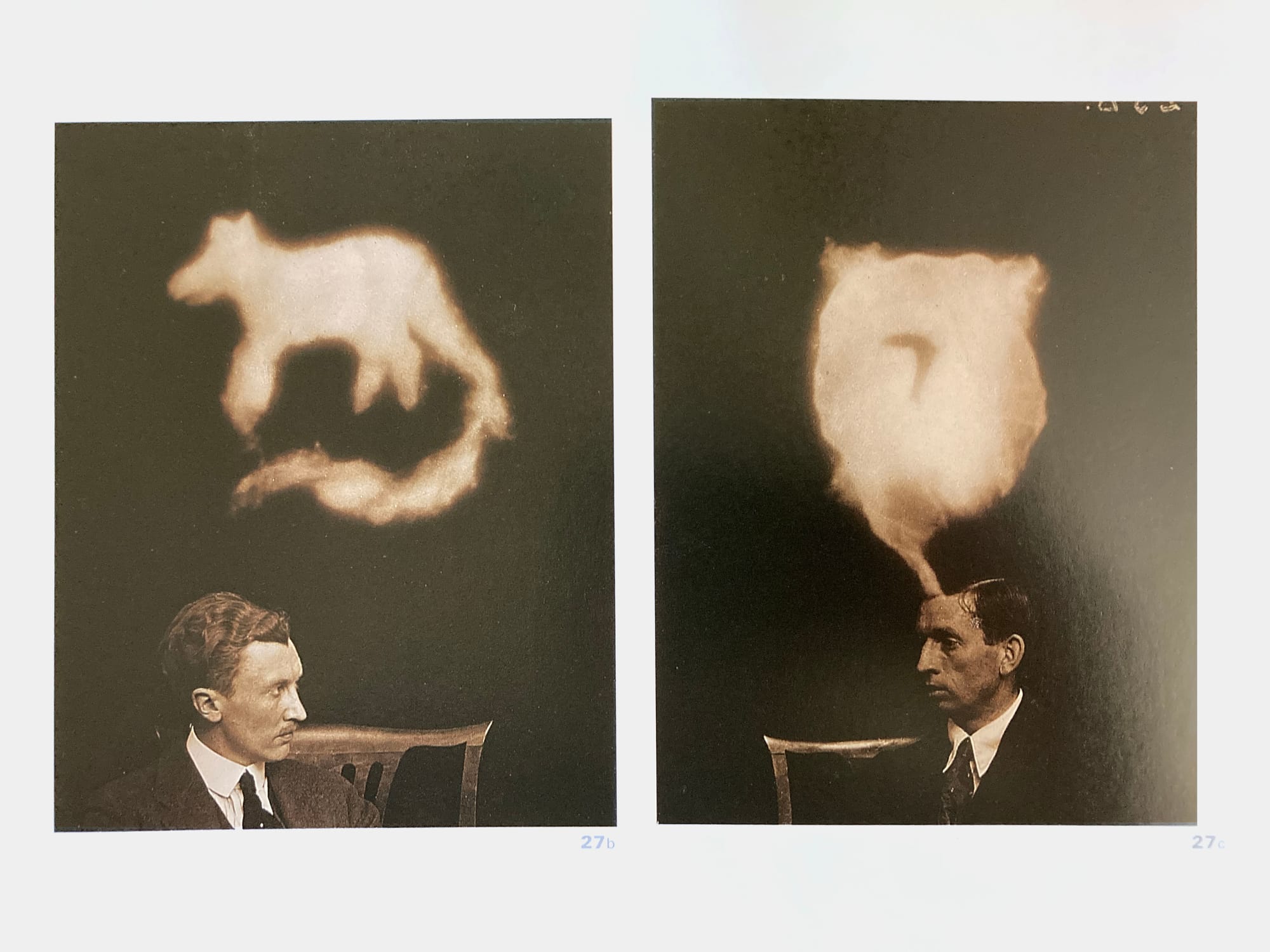
Some of the photographs would show a semi-opaque dead relative hovering over a portrait of the still living. Many showed the supposedly physical manifestations of ectoplasm (way before Ghostbusters!). Some purported to show the subject's thoughts. All of these images were manipulated – some in the darkroom and some in camera.
There is more than one way to manipulate a photograph.
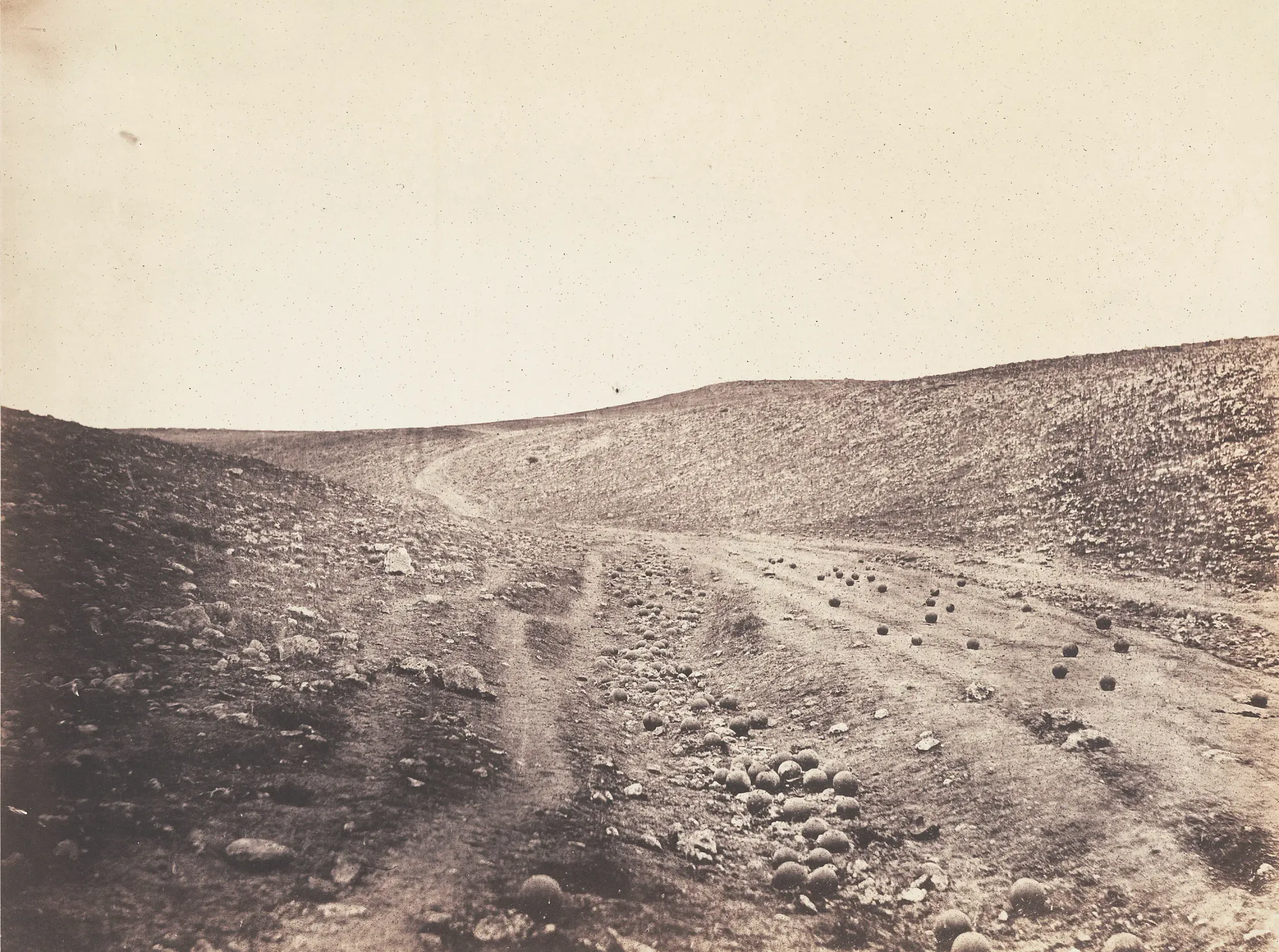
There is a great debate over whether Roger Fenton manipulated this image by placing the cannonballs on the road or perhaps by removing them. There is a second frame of this image where they're all in the ditch. Which is the "real" image? Here is a short version of the story and here is the epic Errol Morris version which is a highly recommended rabbit hole.
Intention is key. Are you just looking to improve aesthetics or express an artistic idea? Cool. Or are you trying to deceive like Spiritualism? Or, in Fenton's case, he gets grief because he was documenting the Crimean War in somewhat of a journalistic way. Intention equally applies to AI, although we may need to separate image manipulation from image creation here. But is the urge to doctor photos for fun or aesthetics or deception or profit new? Not a chance.
